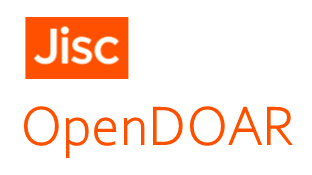Ponencia
 Mixing of Join Point Interfaces and Feature-Oriented Programming for Modular Software Product Line
Mixing of Join Point Interfaces and Feature-Oriented Programming for Modular Software Product Line
| Autor/es | Vidal, Cristian
Benavides Cuevas, David Felipe 






Leger, Paul Galindo Duarte, José Ángel 






Fukuda, Hiroaki |
| Departamento | Universidad de Sevilla. Departamento de Lenguajes y Sistemas Informáticos |
| Fecha de publicación | 2015 |
| Fecha de depósito | 2017-07-20 |
| Publicado en |
|
| ISBN/ISSN | 978-1-63190-100-3 |
| Resumen | Feature-oriented programming (FOP) and aspect-oriented
programming (AOP) focus on to modularize incremental
classes behavior and crosscutting concerns, respectively, for
software evolution. So, these software development ... Feature-oriented programming (FOP) and aspect-oriented programming (AOP) focus on to modularize incremental classes behavior and crosscutting concerns, respectively, for software evolution. So, these software development approaches represent advanced paradigms for a modular software product lines production. Thereby, a FOP and AOP symbiosis would permit reaching pros and cons of both approaches. FOP permits a modular re nement of classes collaboration for software product lines (SPL), an adequate approach to represent named heterogeneous crosscutting concerns. FOP works on changes of di erent functionality pieces for which to de ne join points is not a simple task. Similarly, AOP structurally modularizes in a re ned manner homogeneous crosscutting concerns. Since traditional AOP like AspectJ presents implicit dependencies and strong coupling between classes and aspects, and the Join Point Interface JPI ap-proach solves these classic AOP issues, this article presents JPI Feature Modules for the FOP + JPI SPL components modularization, i.e., collaboration of classes, aspects, and join point interfaces along with their evolution, for a SPL transparent implementation in a FOP + JPI context. In addition, this article shows JPI Feature Modules of a case study to highlight mutual bene ts of FOP and JPI approaches for a modular SPL software conception. |
| Cita | Vidal, C., Benavides Cuevas, D.F., Leger, P., Galindo Duarte, J.Á. y Fukuda, H. (2015). Mixing of Join Point Interfaces and Feature-Oriented Programming for Modular Software Product Line. En BICT 2015 :9th EAI International Conference on Bio-inspired Information and Communications Technologies (433-437), New York: ACM. |
| Ficheros | Tamaño | Formato | Ver | Descripción |
|---|---|---|---|---|
| Mixing of Join.pdf | 707.7Kb | Ver/ | ||
















 :
: 
